No amount of training can prepare you for the strangeness of prison life, says director Matt Pinder
Production company Firecrest Films
Commissioner Amy Flanagan and Nick Mirsky
Length 2 x 60 minutes
TX details 9pm, Thursday 15 and 22 November, Channel 4
Executive producers Nicole Kleeman; Iain Scollay
Director Matt Pinder
Producer Liam McArdle
Assistant producer Paul McGinness
Editor Audrey McColligan
Composer Kenny Inglis
Production manager Karen Craig
Kieran Davies is 28, stands 6’4 tall and talks like Robocop. We met him in the holding cells underneath the high court of Edinburgh. TV cameras are never usually allowed into this strange, sterile yet highly charged environment.
Despite his size and intimidating demeanour, he was intensely nervous, with pupils the size of golf balls, as he waited to find out how long he would serve after being found guilty of a brutal murder.
Kieran received a mandatory life sentence with a minimum of 19 years in custody. To see the fear in this giant of a man’s eyes was striking and it quickly became clear that this was going to be the opening scene for the series.
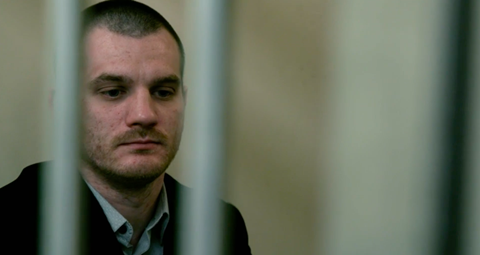
We followed him throughout that morning and into the maximum-security prison where he’ll spend the first part of his sentence.
Quite a few of the prisoners we spoke to said that being sentenced was worse than hearing their guilty verdict. At trial, they often know which way it will go, but hearing a judge read out the number of years you’ll be spending behind bars is, as one lifer described it, ‘like being hit by a wrecking ball – boom!’.
This series aims to show what’s like to serve a sentence like Kieran’s from start to finish. That was the original brief, to go from wrecking ball to stepping into the twilight zone (how another inmate describes being released) with years of wasted life in-between.
Obviously, it would never be possible to film one guy through a 15-20 year stretch in maximum security, so we pick up different prisoners at different stages of their sentence to complete the picture.
Before we could do any filming, we had to do a series of courses to try and ‘ready’ ourselves for life on the inside. A former prison officer recounted a bunch of horror stories about the various assaults, slashings, riots, hostage takings and dirty protests he’d had to deal with.
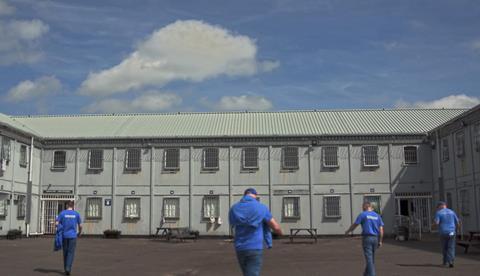
We learnt how to avoid giving away personal information when speaking to inmates and were then flung around some crash mats trying to pick up some basic self-defence techniques. As useful and interesting as these sessions were, I don’t think I was ready for when we actually started going into the prisons.
One of the officers summed it up quite well: ‘You have your visions of what to expect because you’ve seen things on the telly, you’ve seen movies, you’ve read shit in the paper but nothing can prepare you for what its actually like. It’s a strange, strange environment to be in.’
It’s strange in ways that you wouldn’t expect it be strange; the pace of life, the prison politics, the weird relationships that are formed, the level of apathy and how quickly you start to accept what isn’t normal as normal.
A maximum-security prison isn’t an easy place to film in. For one thing, it’s a very static environment.
Apart from the GVs, we shot hand-held throughout the six months we were in there, partly to bring in a bit of movement but also because I didn’t want to be wedged in a cell behind a heavy tripod if something kicked off.
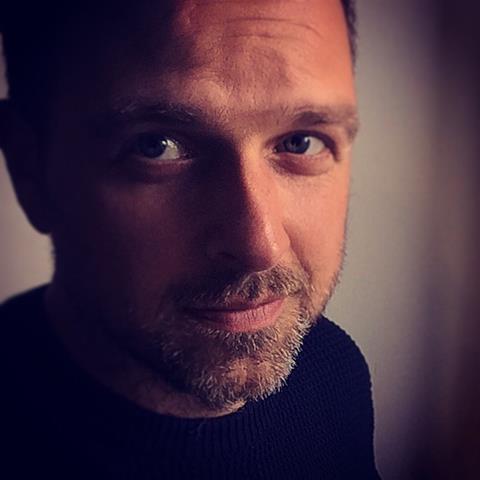
The last thing we wanted was to glamourize life in prison, so the look needed to be raw and not over-cooked. For the actuality and interviews, we used a stripped down C300MK2 kit and shot wide open to minimize the inevitable blurring of the majority of prisoners who didn’t want us there and made it quite clear.
Editor extraordinaire Audrey McColligan did an incredible job structuring the stories and with the overall pacing of the two films, which again needed to not feel overstated.
We ended up using quite a bit more music than I’d planned, but that was mainly because Kenny Inglis’s brilliant score really helped to create an atmosphere of complete claustrophobia.
I’d like to think that we were pretty successful, at least in staying true to the original concept. Both episodes start with someone being sentenced and end with someone getting released. It’s nothing fancy or particularly clever, but does provide a pretty neat structure to the series.
The level of access we had was unprecedented and understandably, it didn’t come easily. For more than two years, exec producer Nicole Kleeman held meetings with the Scottish Prison Service to discuss what might be achievable.
Being allowed to film inside HMP Shotts (Scotland’s only prison exclusively for lifers and long-term prisoners) was a major coup.
Six months prior to taking in the cameras, series producer Liam McArdle started visiting Shotts and two other prisons to find inmates and officers willing and able to take part in filming. Ask anyone who’s ever worked on a prison doc and they’ll tell you how complicated that is.
We spoke to well over 200 prisoners to find the 12 that made it into the series. Getting their stories onto TV involved all kinds of compliance, legal, and ethical issues.
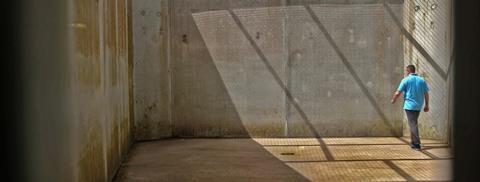
The most important related to victim notification. How can we justify potentially causing further distress to a bunch of people and their families who have already had their lives turned upside down by some of the worst of criminal behaviour?
Because we weren’t including any of the victim’s stories, it was important not to shy away from asking the prisoners some difficult questions about what they did and why.
I’m grateful to executive producer Iain Scollay and C4 head of documentaries Nick Mirsky for pushing us on this, despite it getting a bit uncomfortable at times. I’m also eternally grateful to assistant producer Paul McGinness whose diligence, care and attention to detail on this project was exemplary.
“We need to ask questions about how the system can be improved, and to create debate about what happens to the most serious offenders our society creates and what we call justice”
Prison docs are popular for obvious reasons – and important too. Any publicly funded organisation needs to be transparent and to be held to account so that its strengths and weaknesses can be seen and talked about.
We need to ask questions about how the system can be improved, and to create debate about what happens to the most serious offenders our society creates and what we call justice. Rehabilitation is important and should be strived for. Whether that is always achievable is a matter of opinion.
The prisoners all had their own reasons for agreeing to take part in our series. Some wanted to highlight the failures of the regime they live in. Some wanted to say sorry and look for forgiveness. Some saw it as further penance and an opportunity to shed some guilt. Some just wanted a bit of relief from the boredom of prison life.
The best reason I heard was from a guy who said: ‘If young people watching me can see that rotting away in a prison cell is the biggest waste of a life, then maybe they’ll be put off making the wrong choices in their own life.’


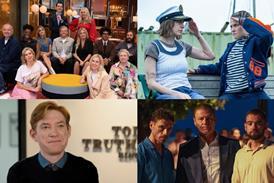




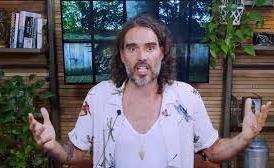


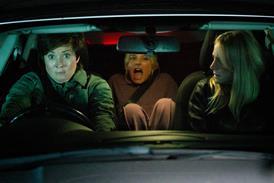
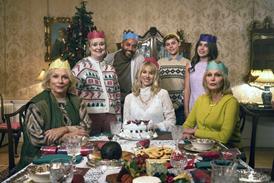


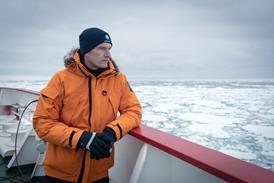


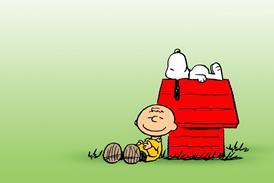


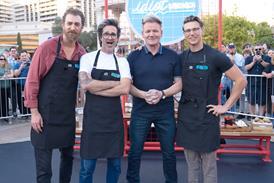
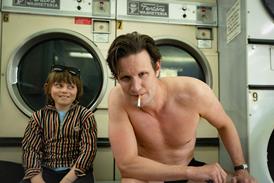
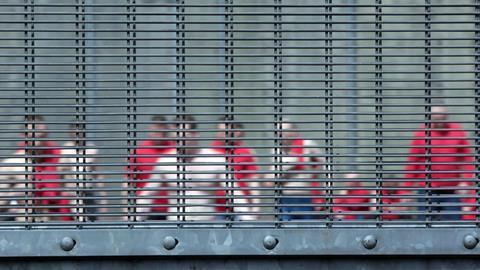





No comments yet